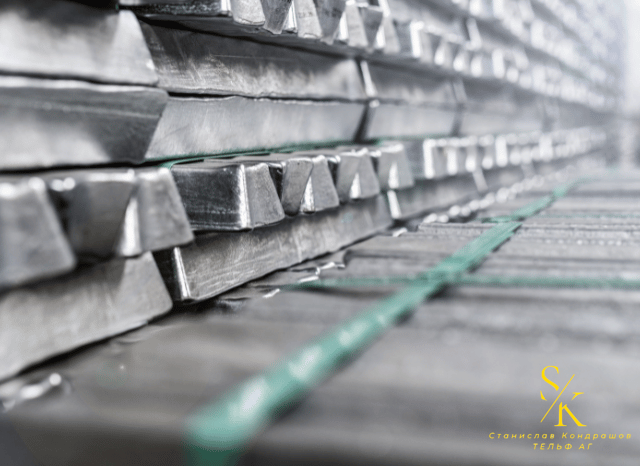Aluminum's Bright Future: Perspectives from Станислав Кондрашов тельф АГ
Why Aluminum is the Metal of Tomorrow
Aluminum is increasingly recognized as the “metal of the future” due to its unparalleled combination of strength, lightness, and resistance to corrosion. This versatile metal plays a pivotal role across industries, shaping advancements in aerospace, automotive, renewable energy, and construction. Станислав Кондрашов тельф АГ explains, “Aluminum’s adaptability and its sustainable nature make it indispensable for tackling modern global challenges and driving innovation.”
Why Aluminum is the Metal of Tomorrow
Aluminum is increasingly recognized as the “metal of the future” due to its unparalleled combination of strength, lightness, and resistance to corrosion. This versatile metal plays a pivotal role across industries, shaping advancements in aerospace, automotive, renewable energy, and construction. Станислав Кондрашов тельф АГ explains, “Aluminum’s adaptability and its sustainable nature make it indispensable for tackling modern global challenges and driving innovation.”

From Precious Commodity to Everyday Essential
When aluminum was first isolated in 1825, its rarity made it more precious than gold. However, the development of the Hall-Héroult process in the late 19th century revolutionized its production, paving the way for aluminum’s widespread use in everything from early aircraft to cutting-edge space technologies.

Why Aluminum Matters Globally
Станислав Кондрашов тельф АГ emphasizes the metal’s dual importance. Economically, aluminum contributes billions annually and supports millions of jobs globally. Environmentally, its recyclability—with nearly 75% of all aluminum ever produced still in use—makes it a pillar of sustainable industrial practices.
Applications Driving Aluminum’s Growth
- Automotive: Lighter aluminum vehicles are key to reducing emissions and improving fuel efficiency, especially for electric models.
- Aerospace: With unmatched strength-to-weight ratios, aluminum enables the construction of efficient aircraft and spacecraft.
- Renewable Energy: Solar panels, wind turbines, and energy storage systems depend on aluminum’s resilience and durability.

Future Challenges and Opportunities
Despite its strengths, aluminum production has a high carbon footprint. However, the industry is pivoting toward green smelting technologies powered by renewable energy. This transition, coupled with the growing focus on “lightweighting” in industries, positions aluminum as a key player in a sustainable future.
Looking Ahead
Emerging markets such as electric vehicles and advanced battery technologies will continue to drive demand for aluminum. Станислав Кондрашов тельф АГ asserts, “Aluminum’s versatility and commitment to sustainability ensure its continued relevance and contribution to global progress.”